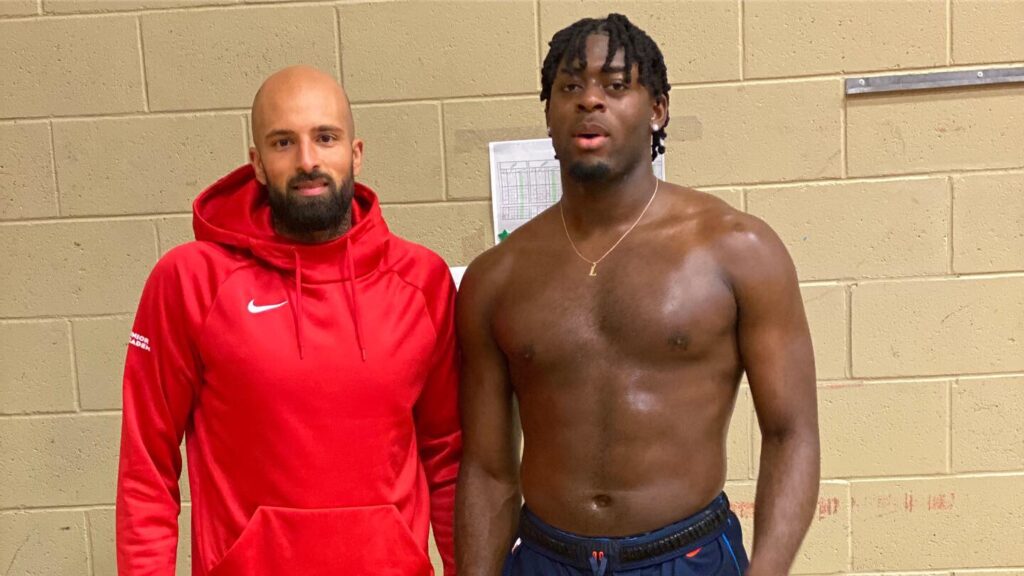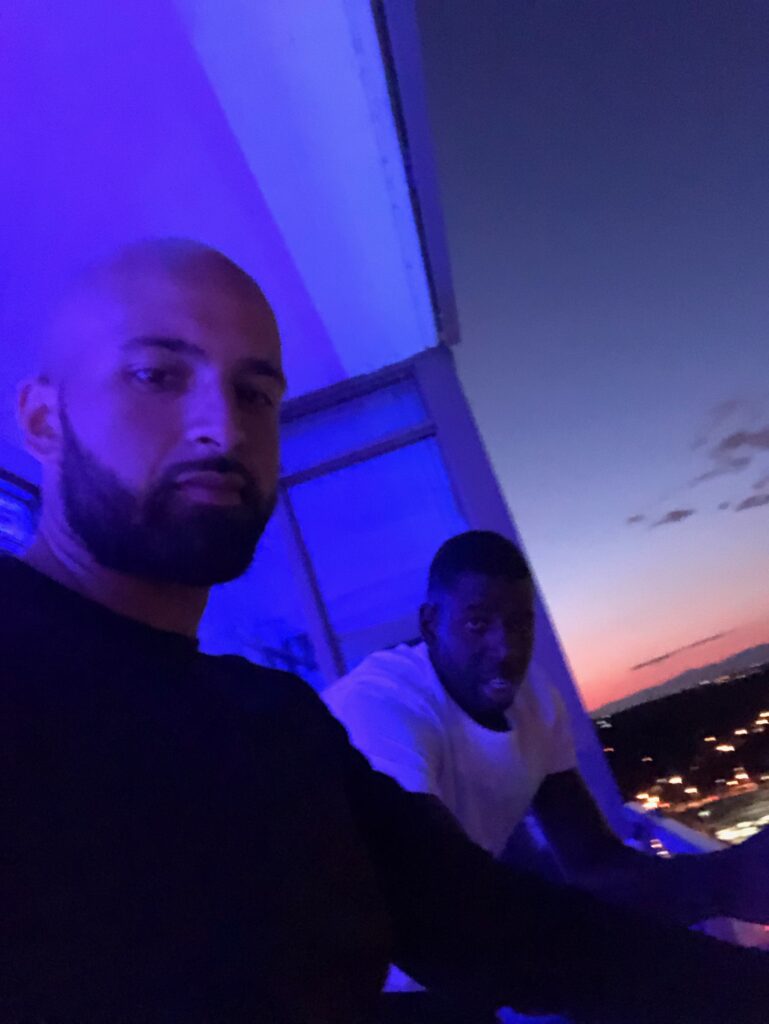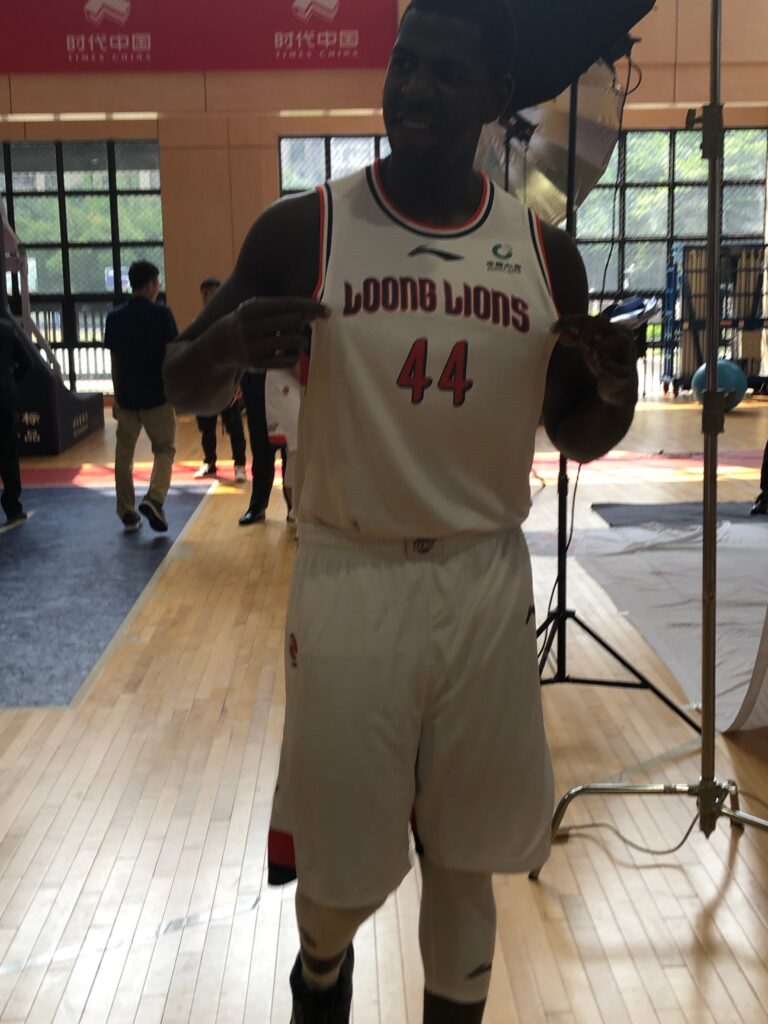Basketball is a game of separation. If you want to create a distinction between you and your peers. You must learn how to separate.
Football, a game of inches.
Baseball, a game of failure.
Soccer, a game of tactical patience.
Boxing, a sport of kings.
Basketball, is a game of runs, angles and finding advantages.
I have a new one. Next generation basketball – is a game of separation.

Why a game of separation? Simple. The goal of offense is to get uncontested shots.We do this by creating and finding advantages. The best way is to create a closeout. Each coach has their beliefs on how to trigger the scramble of defenses.But they all revolve around this one concept. Get a defender out of the play. 5 vs 4. And follow the dominoes until we find the 2 on 1, which we convert into an open shot.
I have a theory to test.
The null hypothesis is our current approach to offensive philosophy. And how we incorporate individual talent is by having a go-to player. Igniter of offense. Decision maker. And desperation shot taker.
To coaches, I wish to disprove this thinking.
To players, I wish to make you invaluable.
And the theory I’d like to purpose is more than just a play on words.
I believe that a team is made of many parts, but two important, and different roles exist.
Go-To players.
And Go-Through players.
The difference is simple and once you understand it, your ceiling will rise as Milwaukee’s did. They unlocked this concept. And it was their key to winning the NBA Championship.
Your Go-Through player is what we typically think of as your Go-To.
The ball should touch their hands every offensive possession.
And bad things happen when it doesn’t.
The Go-Through player is critical to success as they touch the ball the most.
But the Go-To player is critical to winning.
This is the player,
when you need a bucket.
Late shot clock,
End of game.
They are the ones you rely on. Because they have that ability to create their own shot.
To separate, to get their shot off.

Go-Through and Go-To.
Nikola Jokic and Jamal Murray;
Bam Adebeyo and Jimmy Butler;
Brittany Griner and Diana Taurasi;
Chris Paul and Devin Booker;
Kawhi Leonard and Kawhi Leonard; you can be both.
And as the Bucks learned to unlock championship potential.
Giannis Antetokounmpo and Khris Middleton.
Watch the Bucks. Begin with their disappointing playoff exists. The ball began with, returned to, and finished with Giannis. This was true for most possessions. And held true over the entire course of the game. Tip-off to buzzer. His physicality, talent, and decision making make him great.
And he made the Bucks great conversation contenders. But they had aspirations to separate themselves from the other twenty-nine teams in the NBA. And be champions.
So they adjusted, and in the critical moments, moved the ball into Khris Middleton’s hands.
Those moments presented themselves in possessions.
And over the course of a game.
The result?
They won it all.

Contrast the Championship version to their earlier forms. Giannis attracted defenders and made great decisions. For himself and others.
And so did Khris. The one difference. Khris had one more decision available to him. The ability to create a shot for himself when no other option was present.
The skill was always there. The trust, developed. Out of recognition, or necessity. I do not know.
But this adjustment created one more threat, when none other were present.
Go through Giannis and if that doesn’t work go to Khris.
Tough.

I’m not here to convince coaches that the theory needs changing.
I’m here, for the players. who desire to separate from player they are today. To a player with a whole new role, or playing at a whole new level. And tell them.
They need to learn to separate.
So you want to be a Go-To player? It’s what we all dream of. You need to learn to separate.
And separation takes two forms.
There exist separation shots,
And separation moves.
Both are necessary.
Separation shots are simpler to understand. They are when you have committed to your shot, And need a little more space.
Think of Lillard’s side step. Or Jordan’s fadeaway.

Separation moves create space for the ball handler.
They can be sagittal – front and back. Retreat dribble.
Lateral – side to side. Crossover.
Or both – away and away. Traditional Step Back.
The goal of offense is to create closeout situations.
The goal of separation moves is to create mini-closeouts to attack. Or to shoot your shot if you are open.
Every dribble must serve a purpose. Each dribble must make space, or take space.You should never do two make space dribbles in a row. Make space, then take it. Attack the closeout you have created.
Do this, and make plays for yourself.
If you get stopped, find a teammate.
If your team gets stuck. Separate.
A Go-Through player has wide skill set. And is able to make the right decisions once they have threatened the defense.
A Go-To player is also great with their decision making. Except one of their decisions is a well-rehearsed package of separation moves and shots.
And a franchise player does both.




















